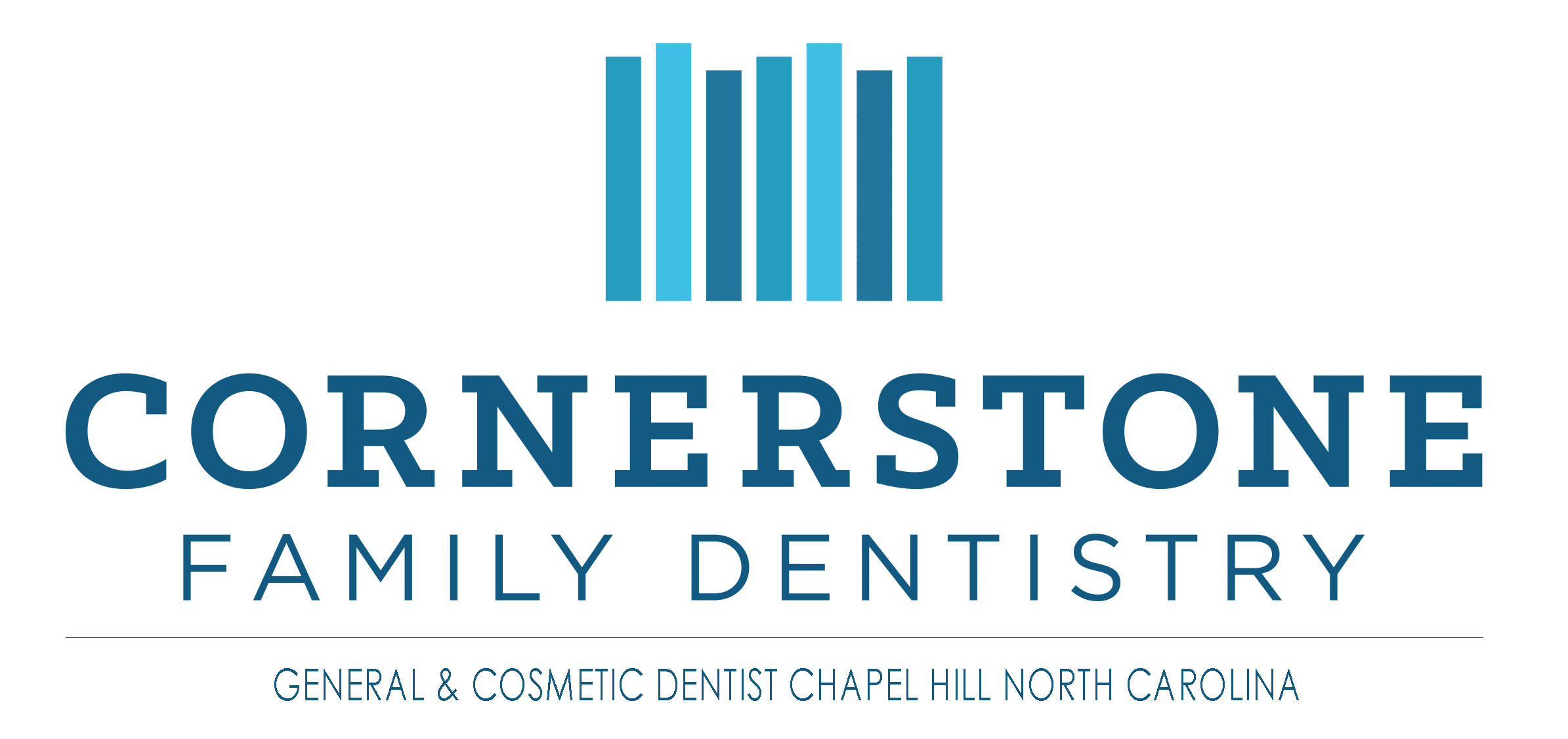Are Dental Sealants Safe?
At one time, mercury was used as one of the metals in dental fillings to address cavities. Now the dangers of mercury are clear, dentists have changed the composition of the amalgam used in metal fillings to help keep the overall health of the patient a priority. Now dentists are offering dental sealants as a way to help patients protect their teeth and prevent future tooth decay from developing in small grooves on the chewing surfaces of the tooth. One of the main components in dental sealants and in tooth colored fillings is BPA or bisphenol A.
BPA is used in many plastics to make water bottles, the liners for metal food cans, and other plastics needing resin. Now that BPA has been used for some years, there is some research to indicate that there are links between BPA and health problems. There are some indicators that BPA can affect childhood development.
Bisphenol A is not in dental sealants and fillings, but the resins in some fillings and sealants can convert into BPA once it has had contact with saliva. Mothers are now concerned about the risk BPA can pose to their children’s health, especially when sealants and fillings are meant to help their long-term dental outlook. Based on these concerns, endocrinologists have taken to investigate and research the potential threat to both children and adults.
One pediatric endocrinologist named Abby F. Fleisch, MD and her colleagues are able to present these two conclusions from their work:
- For some of the resins used in dental sealants and fillings, BPA is in fact formed in the mouth after application. The research went on to indicate that BPA is still found in the saliva three hours after the dentist completes the procedure. The research was not able to determine if this exposure to BPA posed a threat to the health of the patient.
- If the dentist wipes the treated area and then rinses the completed dental sealant or the filling, the risk is significantly decreased.
The researchers were able to recommend the use of dental sealants and resin-based fillings as the health and dental complications that they prevent are significant. The pediatric endocrinologist endorsed the use of dental sealants as long as the dentist took precautionary application techniques. The wiping or scrubbing of the treated area and then thorough rinsing of the completed treatment removes up to 88% - 95% of compounds that can convert into BPA. A quick 30 second scrubbing and rinsing after a 30 minute procedure is an easy measure to take to help ensure the patient is safe and will continue to be healthy.
Dr. Fleisch looks forward to the dental technology to advance as to change the materials used for dental sealants and fillings. Currently, laboratories that manufacture the dental sealants are not required to provide lists of the materials in their products. The ingredients that compose the dental sealants are known only to the manufacturers so the team was not able to make a list of recommended brands. There are additional compounds used that have not been studied as thoroughly so more research will be needed to review the safety of triethylene glycol dimethacrylate (TEGDMA) and urethane dimethacrylate (UDMA).
More on Dental Sealants : Dental Sealants for Children





High-Quality Dental Care
At Cornerstone Family Dentistry in Chapel Hill, all our services are performed with the patient in mind. We want you to feel comfortable in the dental chair, confident in our work, and most importantly, we want you to fall in love with your smile again. If you would like to schedule an appointment or if you have any questions about cosmetic procedures that we offer, please contact us at (919) 595-1010.
